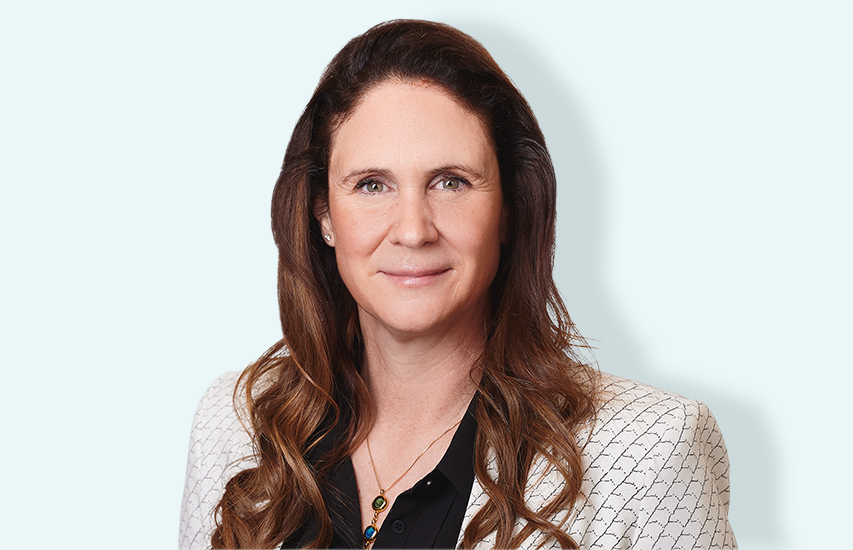On 7 April 2022, Immigration New Zealand (INZ) introduced the Employer Accreditation Policy which detailed the new compulsory accreditation system for employers. The new system is a significant change from previous immigration policies and is designed to streamline the process, set down clear guidelines and ensure more efficient processing times.
From 4 July 2022 all New Zealand employers who want to employ new migrant workers or retain their current migrant workers will need to be accredited. The new accreditation system replaces six existing temporary work visas.
Overview
The new employer accreditation process opened on 23 May 2022. It is a trust-based model, which is employer-led. Employers will be required to make legally binding declarations that the application is accurate and they will comply with all the necessary requirements.
The onus is therefore on employers to maintain good record keeping to prove they have satisfied all the compliance requirements. Employers are also liable to cover all costs associated with hiring a migrant and are responsible for notifying INZ when material changes in relation to the business occur.
In order to employ migrant workers, an employer must go through a 3-step process which involves obtaining accreditation under the new system, applying for a job check to ensure the role cannot be filled by New Zealanders and then getting the migrant worker to apply for a visa.
Step 1: Employer Accreditation
The first step is for the employer to become accredited. To become accredited an employer must show it is a "viable & genuinely operating business" by meeting one the following financial requirements. The employer must either show:
- It has not made a loss over the last two years; or
- It has had positive cashflow for the last six month; or
- It has sufficient capital and/ or external investment funding to remain viable; or
- There is a credible 2-year business plan in place to ensure the business remains viable.
In addition to this, the business must not have a history of regulatory non-compliance and the employer must confirm they will ensure steps are taken to carry out employer migrant worker settlement support activities.
There are four different levels of accreditation a business with a NZBN can apply for. Standard accreditation allows standard businesses to hire up to five migrant workers, whilst high-volume accreditation allows standard businesses to hire six or more migrant workers.
Businesses operating a franchise or using triangular employment arrangements must meet additional requirements to the ones listed above.
Additional Accreditation Information
Large enterprises should be aware subsidiary companies cannot be covered by the accreditation of a parent company. If the subsidiary wishes to employ migrant workers, it must receive accreditation in its own right.
Importantly, employers who held accreditation under the Talent (Accredited Employer) scheme on May 23 2022, and had at least six months validity remaining on their accreditation should note they are exempt from paying a fee when they apply to become accredited under the new scheme.
Accreditation Renewal
Initial employer accreditation will last for 12 months. Beyond that, each employer will need to apply to renew their accreditation. During this renewal process INZ will check whether the employer has complied with the relevant requirements. Where an employer has failed to meet the relevant requirements, they may be unable to apply for another application. Heavy fines and stand-down periods may be issued for serious breaches.
Step 2: Job Check
The next step is to apply for a job check. As part of the job check, employers need to complete a labour market test (LMT). This is to ensure employers prioritise the training, upskilling and hiring of Kiwi workers and only employ migrants when there is a genuine need.
The role must be listed for at least two weeks. The advertisement needs to include specifics relating to the job including but not limited to the terms and conditions of the employment, estimated earnings and the minimum skills required.
The minimum job requirements must be considered necessary. For example, an employer cannot make fluency in English a requirement of a café barista job, however, if the role was for a tour guide job it may be considered necessary.
Where you have multiple positions that are the exact same role, they can be covered by one advertisement and therefore one job check.
A job that pays at least twice the median wage or is an occupation on the Green List does not need to be advertised. Green List jobs are skilled roles that have been deemed to be in high demand and shortage in New Zealand. Some examples of Green List jobs include civil engineers, electrical engineers, anesthetists, psychiatrists, plumbers, and dairy cattle farmers.
Step 3: Request Migrant to Apply
Once the employer's job check has been approved, INZ will send the employer a job token for the approved job. This job token is then to be sent to the migrant for them to include it in their visa application, alongside evidence they are suitably qualified for the role. Each job token is valid for six months.
Implications on Employers
The new system shifts the onus from the employee to the employer. It is a trust-based system that relies heavily on employers satisfying the requirements laid out in the declarations. Employers need to be conscious of the ongoing duties they need to fulfill in order to continue to employ migrant workers.
If you have any questions about your employment obligations, please get in touch with our employment law team.
